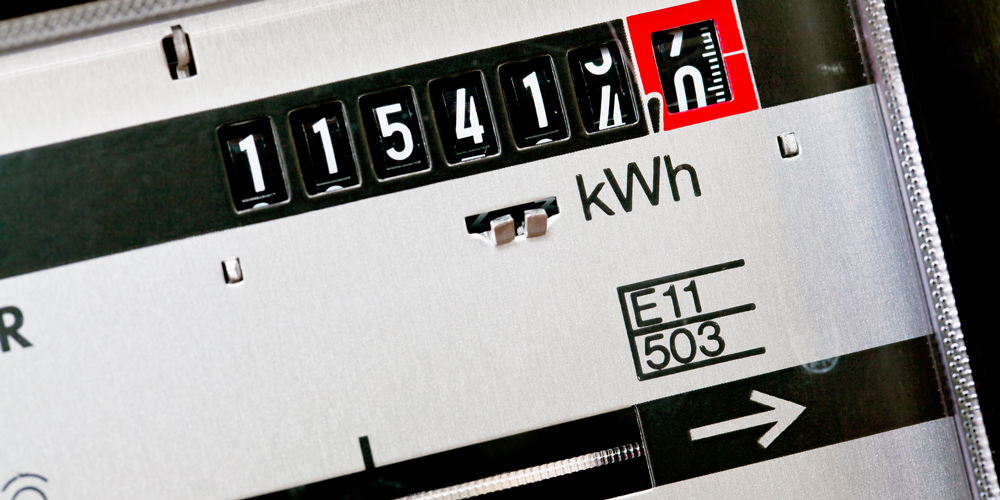A utility submeter is a device that measures and records the consumption of natural gas, electricity, water, thermal energy (heat or chilled water), or other similar resources consumed in buildings or industrial facilities. Submeters are typically integrated with submetering systems that automatically collect consumption information for further analysis and billing purposes.
Choosing a submeter for your home or business requires paying attention to several key factors. Here are some of the most important features to look for when making your decision.
SubmeterING SYSTEM INTEGRATION
Submeters typically belong to two different divisions in construction. The Mechanical division typically installs the water, gas, and thermal energy meters, while the Electrical division typically installs the electrical submeters, integrating all of them with the submetering system for billing and if required with the building automation system for energy management.
Ensuring that the submeters have the correct output, in terms of communication language and protocol, all the way to the gateway or Data Collection Unit is critically important. From the Data Collection Unit forward it is also important to select a system capable of storing the data, transferring the data to a cloud server, or integrating with an existing Building Automation System.
Submeter FREQUENCY OF data output
Another important feature to consider is how frequently your submeter will send the measurement of consumption. In electrical systems a 15-minute interval report is typical; these frequencies of reporting are also ideal for other services like water, gas, and thermal energy because they provide greater detail and almost real-time data. However, when using wireless meters operated with a battery, the reading frequency should be limited to less than one reading a day to conserve the battery charge.
This means that while wireless meters reduce the cost of the initial installation their value in understanding consumption is lost because there is no granularity or real-time reading, making it harder to detect abnormal times of consumption (leaks or abuse).
If your interest is limited to cost recovery, reading the meters once a month is all you need.
Most submeters offer various data output options, so make sure you consider the pros and cons of each method before you select the one for your building.
Submeter accuracy
All submeters are not created equal, and some boast an impressive degree of accuracy, while others may be less precise. Of course, higher accuracy is also a higher cost.
Be sure to ask your supplier about the submeter's accuracy and whether it has been tested and certified in accordance with local standards and regulations.
High accuracy brings added fairness to the process and protects the interest of all parties; the owner, the property manager, and the end-user, eliminating the potential for futures disputes.
Data storage and data display
Another consideration is how much data the submetering system stores and displays that information. Some gateways and Data Collection Units come with limited storage because they act just as gateways sending the data to a cloud server. A Data Collection unit with a large memory is always advantageous because it allows the owner to maintain the data locally and download it at fixed intervals or when needed.
Some submeters store up to a year's worth of energy usage data, which can help identify trends over time. In a power outage, you'll want the data to be stored locally instead of in the cloud.
Local meter displays show the energy or utility consumption in real-time. It’s helpful in resolving disputes when tenants or end-users don't believe in reports. It is always easier for both parties to be present in the mechanical or electrical room and see the same number on the display at the beginning and at the end of the test period right where the submeter is installed.
ADDITIONAL Metered data
Finally, you will also want to consider the benefits of additional parameters that your submeter can provide. For instance, an MBus Thermal Energy meter in addition to providing energy consumption can also provide the input and output temperatures, and the instantaneous mass. A good electrical submeter can provide additional information such as Voltage, Amperage, Power Factor, Reactive and Apparent Energy and Power, and Harmonic Distortion, which can assist in determining the type of usage, and allow the owner to understand the consumption and manage the infrastructure better.
Some submetering systems also measure individual demand and process coincidental demand for billing purposes, and bill in accordance with time-of-use (TOU) rates. Ensure the submeter you choose captures all the data you need for accurate billing and energy management.
There are many important features to consider when choosing a submeter. By taking the time to research and compare different options, you can be sure to find the one that best meets your needs.


